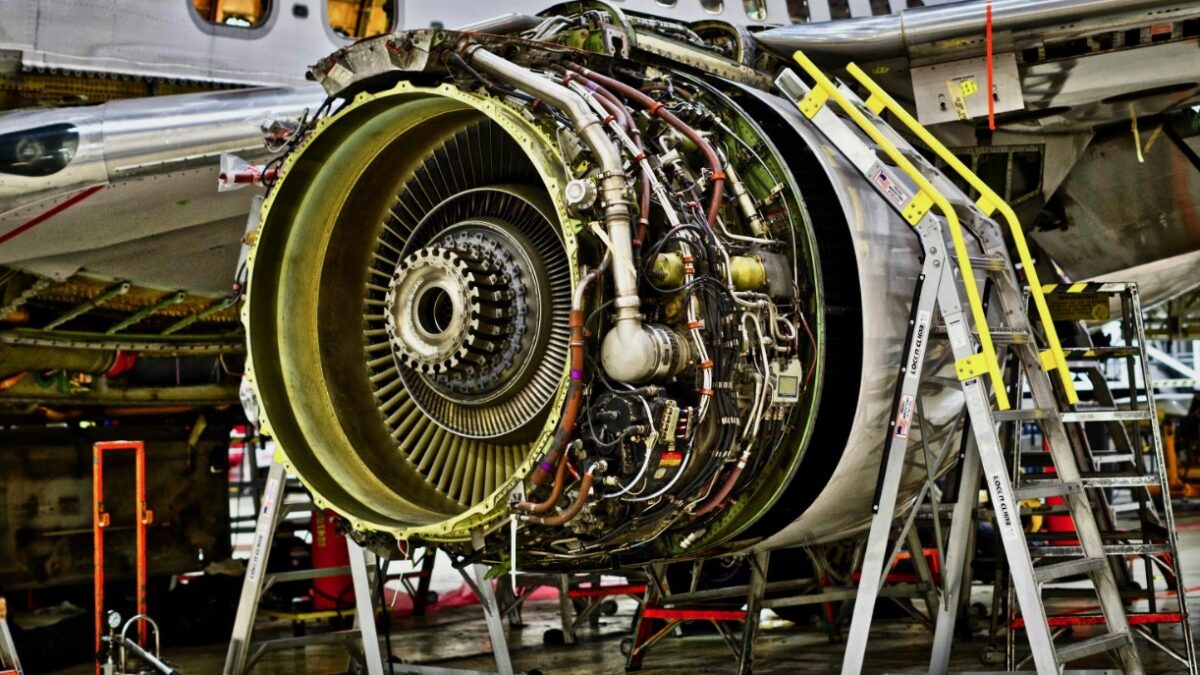In the realm of aviation, where precision and safety are paramount, ensuring the quality of aircraft parts is not just a preference but an absolute necessity. The United States of America stands at the forefront of aerospace technology and manufacturing, with stringent standards and robust processes in place to guarantee the reliability and performance of every component that takes to the skies. From design to production, testing to certification, the USA employs a multifaceted approach to uphold the highest standards of quality in aircraft parts manufacturing.
The Foundation of Quality Assurance Regulatory Framework
Central to the assurance of quality aircraft parts in the USA is the regulatory framework overseen by agencies such as the Federal Aviation Administration (FAA) and the Department of Defense (DoD). These agencies establish and enforce rigorous standards and guidelines that manufacturers must adhere to throughout the production process. The FAA, for instance, issues airworthiness directives and regulations that govern everything from materials selection to manufacturing techniques, ensuring that each component meets stringent criteria for safety and performance.
Advanced Design and Engineering Practices
Quality in aircraft parts begins at the drawing board, where skilled engineers employ advanced design practices and cutting-edge software tools to develop components that meet exacting specifications. Computer-aided design (CAD) and computer-aided engineering (CAE) software allow for precise modeling and simulation, enabling engineers to optimize designs for strength, durability, and aerodynamic efficiency. Through iterative prototyping and testing, manufacturers refine their designs to achieve optimal performance while adhering to regulatory requirements.
Stringent Material Selection and Testing
The integrity of an aircraft part hinges on the quality of the materials from which it is constructed. Manufacturers in the USA employ stringent material selection processes, sourcing only from reputable suppliers with proven track records of quality and reliability. Metals such as aluminum, titanium, and advanced composites are subjected to rigorous testing to ensure they meet specified mechanical properties and performance requirements. Non-destructive testing techniques, including ultrasonic testing and radiographic inspection, are employed to detect any defects or anomalies that could compromise the integrity of the material.
Precision Manufacturing Techniques
In the realm of aerospace manufacturing, precision is non-negotiable. USA manufacturers leverage state-of-the-art machining, casting, and additive manufacturing techniques to produce components with exceptional accuracy and consistency. Computer numerical control (CNC) machining allows for the precise shaping of metal alloys to tight tolerances, ensuring that each part meets the exacting requirements of its design. Additive manufacturing, or 3D printing, offers new possibilities for complex geometries and lightweight structures, further enhancing the efficiency and performance of aircraft components.
Robust Quality Control Measures
At every stage of the manufacturing process, stringent quality control measures are implemented to detect and mitigate any deviations from the established standards. Statistical process control (SPC) techniques are employed to monitor key process parameters and ensure consistency and repeatability in production. Automated inspection systems, equipped with advanced sensors and computer vision algorithms, enable manufacturers to detect defects with unparalleled accuracy and efficiency. Additionally, manual inspection processes, performed by highly trained quality assurance personnel, provide an added layer of scrutiny to ensure that each part meets the highest standards of quality and precision.
Comprehensive Testing and Validation
Before an aircraft part ever leaves the factory floor, it undergoes a battery of tests and validations to verify its performance under real-world conditions. Structural integrity tests subject components to extreme loads and environmental conditions, simulating the stresses they will encounter during flight. Functional testing ensures that each part operates as intended within the larger system, with all interfaces and connections functioning seamlessly. Additionally, fatigue testing assesses the long-term durability of components, simulating years of operational use to identify any potential failure modes or weaknesses.
Certification and Compliance
The final step in ensuring the quality of aircraft parts in the USA is certification and compliance with regulatory requirements. Before a component can be installed on an aircraft, it must undergo thorough certification testing to demonstrate its compliance with applicable airworthiness standards. This process may involve extensive documentation of the manufacturing processes, materials testing data, and results from validation testing. Only once a component has been certified as meeting all regulatory requirements can it be approved for use in commercial or military aircraft, providing the ultimate assurance of quality and safety.
Continuous Improvement and Innovation
Quality assurance in aircraft parts manufacturing is not a static process but a dynamic pursuit of excellence. USA manufacturers are committed to continuous improvement and innovation, leveraging new technologies and methodologies to enhance the quality, reliability, and performance of their products. Advanced materials, such as carbon fiber composites and metal alloys, offer opportunities for lighter weight and higher strength, while emerging manufacturing techniques like additive manufacturing and digital twins promise to revolutionize the way aircraft parts are designed, produced, and maintained.
Conclusion
Ensuring the quality of aircraft parts in the USA is a multifaceted endeavor that encompasses rigorous regulatory oversight, advanced engineering practices, precision manufacturing techniques, robust quality control measures, comprehensive testing and validation, and unwavering commitment to continuous improvement and innovation. Through adherence to the highest standards of excellence and a relentless dedication to safety and reliability, USA manufacturers uphold their reputation as global leaders in aerospace technology and manufacturing, providing the foundation upon which the aviation industry thrives.


